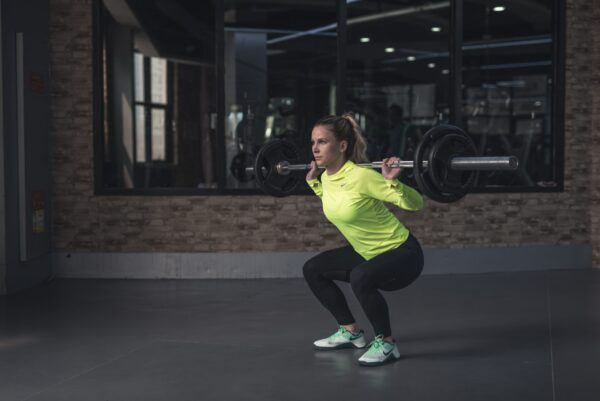A few weeks ago, I was catching up with a former physical therapy colleague from our time working with professional athletes.
We laughed about how we used to work out every day at 5:30 am before the athletes got to the facility. We took turns designing the training programs that we used to torture ourselves with so early in the morning.
After our conversation, I thought that looking at our old training programs would be interesting. I noticed three popular exercises that I don’t do anymore both personally and professionally with my patients as a sports physical therapist in Bethesda and McLean.
- Planks: Other exercises do a better job of strengthening the core and working the abs. Planks are typically performed with straight legs, which helps support the body with the legs, not the abs. It is also an easy exercise to cheat by allowing the belly to sag slightly toward the ground. As this occurs, the body is supported by the hip flexor musculature and the lower back instead of the abs. Try performing a bear variation instead!
- Barbell Back Squats: This exercise can be done effectively but requires many qualities to perform correctly. Minor limitations in shoulder range of motion, thoracic spine extension, hip mobility, and ankle flexibility result in much strain to the lower back and other areas. I’ve found that I can strengthen my lower body very effectively with exercises that have a lower risk. Goblet, Zercher, or SafetySquats are usually better options unless you are a powerlifter or a collegiate athlete.
- Upright Rows: The upright row fails the risk vs. reward equation. You can create the benefits of this exercise with other, lower-risk exercises. The upright row forces the shoulder into combined flexion and internal rotation as it lifts a weight. Doing so is stressful to the shoulder and isn’t worth the risk. Dumbbell pressing variations like this are a better option.
What is the goal of this exercise? That is the question I ask myself as I design training and physical therapy programs for my patients/clients. Typically, the goal is to increase strength, build muscle, or prevent injury. If a different exercise is more effective at reaching those goals or can deliver the same result with less risk, that is the better option.








